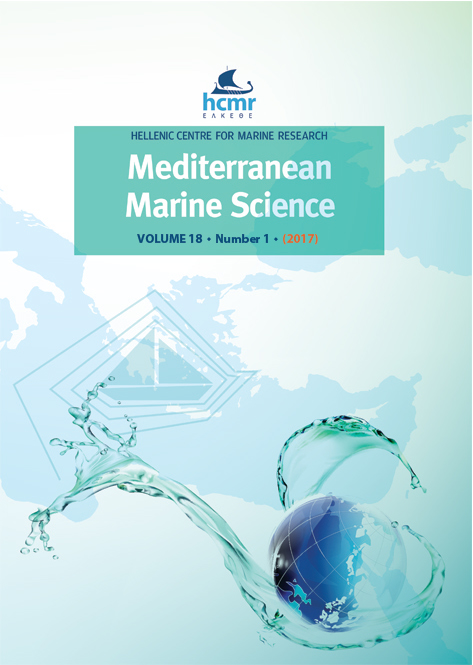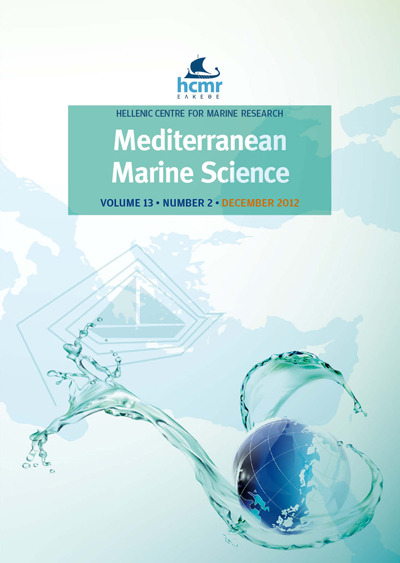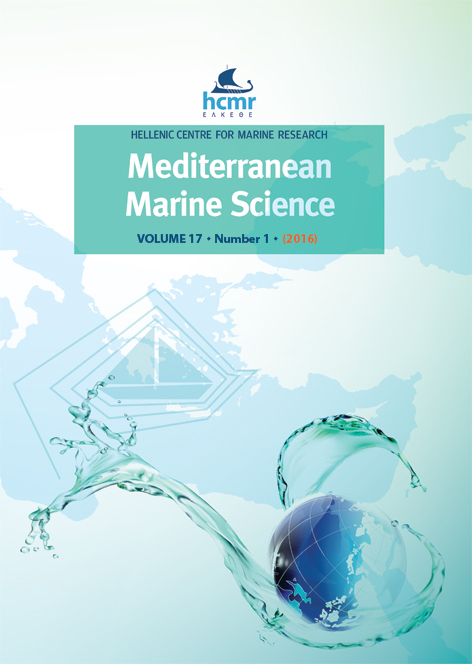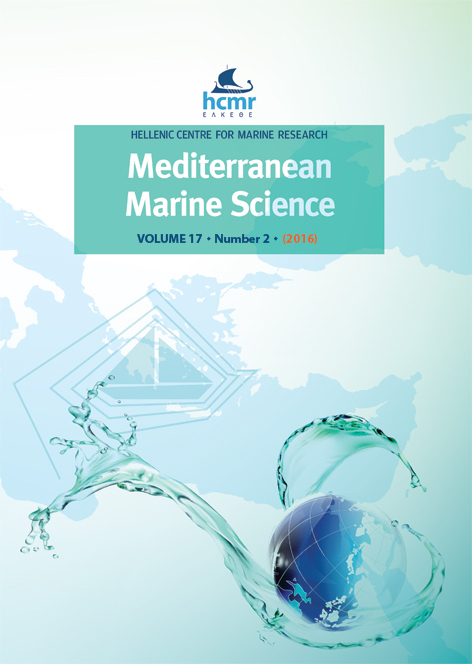A new Cladocora caespitosa population with unique ecological traits
Аннотация
The Mediterranean endemic scleractinian coral Cladocora caespitosa (L., 1767) has been recently included in the IUCN Red List as an endangered species. In this context, information on the species is urgently required to further assess its status and to determine its distribution area. This study reports on the main traits of a recently discovered C. caespitosa population in Formentera (Balearic Islands, W Mediterranean). Here, coral colonies live wrapped in Cystoseira forests thriving on rocky substrata (5 - 13 m depth), thus being a new example of the ability of C. caespitosa to build up extensive populations within algal communities. Even though coral cover reaches ~ 20 % on average, which is a remarkable figure for this species, colonies are generally small (~ 10 cm diameter on average), most probably due to partial exposure to waves and currents. The combination of hydrodynamics and the presence of algal forests in the studied site could be responsible for the high occurrence of a rare type of colony growth: free-living coral nodules or coralliths. This population is highly interesting for future monitoring owing to its unique traits, the absence of necrosis signs related to past mortality events, and its location inside a marine reserve.
Article Details
- Как цитировать
-
KERSTING, D., CEBRIAN, E., VERDURA, J., & BALLESTEROS, E. (2017). A new Cladocora caespitosa population with unique ecological traits. Mediterranean Marine Science, 18(1), 38–42. https://doi.org/10.12681/mms.1955
- Выпуск
- Том 18 № 1 (2017)
- Раздел
- Research Article
Authors who publish with this journal agree to the following terms:
- Authors retain copyright and grant the journal right of first publication with the work simultaneously licensed under a Creative Commons Attribution Non-Commercial License that allows others to share the work with an acknowledgement of the work's authorship and initial publication in this journal.
- Authors are able to enter into separate, additional contractual arrangements for the non-exclusive distribution of the journal's published version of the work (e.g. post it to an institutional repository or publish it in a book), with an acknowledgement of its initial publication in this journal.
- Authors are permitted and encouraged to post their work online (preferably in institutional repositories or on their website) prior to and during the submission process, as it can lead to productive exchanges, as well as earlier and greater citation of published work (See The Effect of Open Access).









